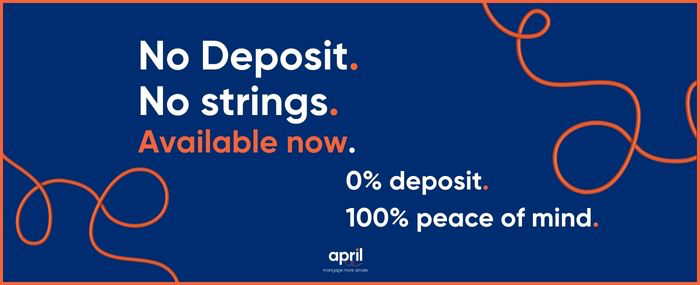Second charge bridging loans: "Use them as often as you would drink a full sugar coke — sparingly"
Newspage asked brokers and active property investors for their views on second charge bridging loans, the reasons they are typically used and any potential downsides. Adam Stiles, MD at Helix Financial Partners, said “second charge bridging can unlock equity for the purposes of providing a deposit for an onward purchase whilst the current property sells”, while adding that “some people use it to settle urgent tax bills where most traditional lenders will not allow this”. “The first port of call”, he continued, “should always be to see if the current lender will consider a further advance”. Meanwhile, active property investor and portfolio landlord, Kundan Bhaduri of The Kushman Group, said “scond charge bridges can be ”a valuable financial tool, especially in a fluctuating market" but warned: “Use them as often as you would drink a full sugar coke — sparingly.” Views below.





